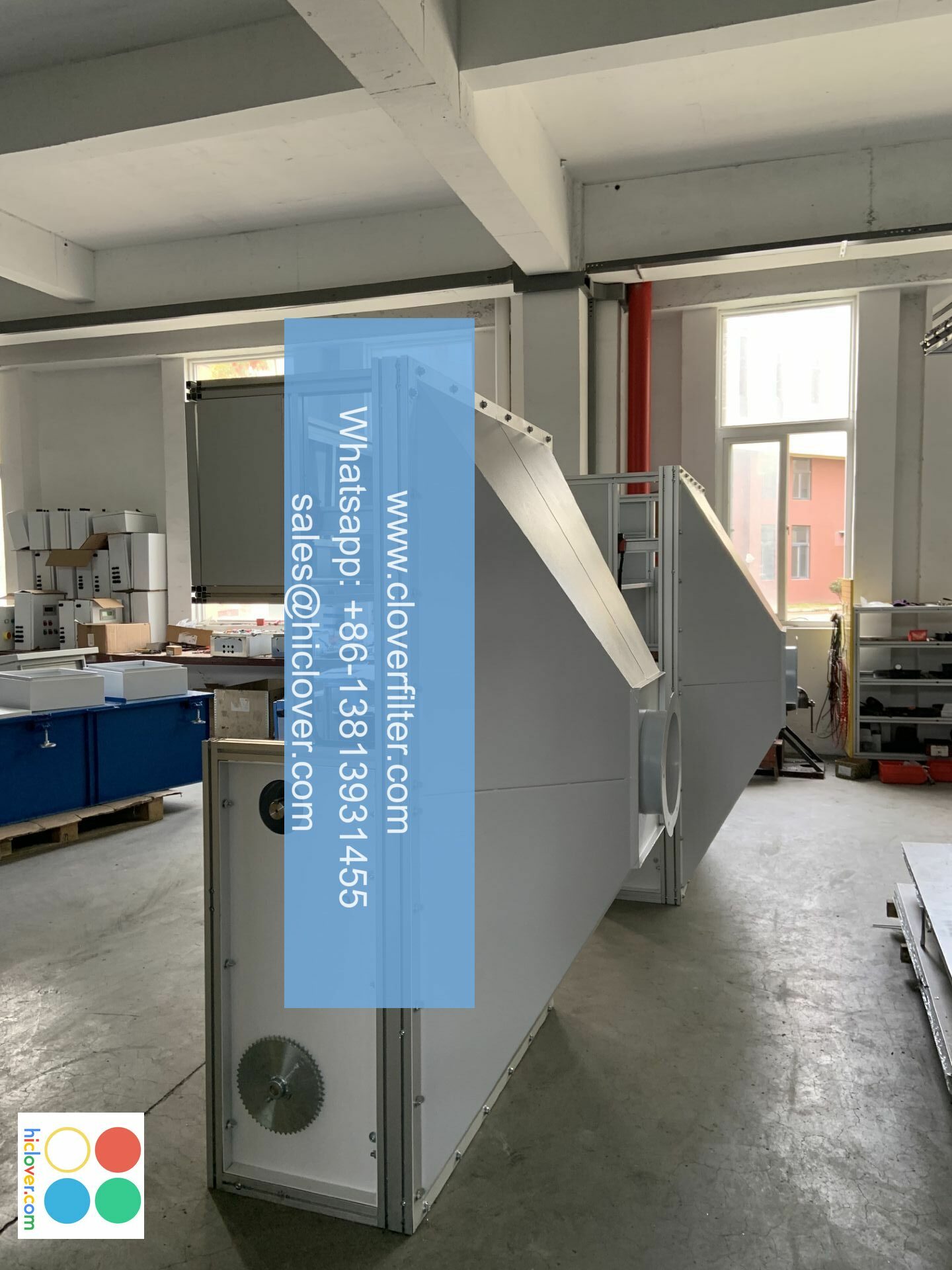The Benefits of Air Filter Parts with Built-In Sensors for Maximum Efficiency

In today’s industrial and commercial settings, maintaining good indoor air quality (IAQ) is crucial for the health, comfort, and productivity of occupants. One key component in achieving this goal is the use of high-quality air filter parts with built-in sensors. These innovative components have revolutionized the way we approach air filtration, enabling maximum efficiency, reduced energy consumption, and improved overall performance.
What are Air Filter Parts with Built-In Sensors?
Air filter parts with built-in sensors are designed to monitor and control the filtration process in real-time, providing valuable data on air quality, filter condition, and system performance. These sensors can detect parameters such as particulate matter (PM), volatile organic compounds (VOCs), temperature, humidity, and pressure, allowing for precise control and optimization of the air filtration system.
Benefits of Air Filter Parts with Built-In Sensors
The integration of built-in sensors in air filter parts offers numerous benefits, including:
- Improved Indoor Air Quality (IAQ): By continuously monitoring and controlling the air filtration process, these sensors help maintain optimal IAQ, reducing the risk of airborne pollutants and improving occupant health.
- Increased Energy Efficiency: Built-in sensors enable real-time monitoring of system performance, allowing for adjustments to be made to minimize energy consumption and reduce operating costs.
- Extended Filter Life: Sensors can detect filter condition and alert maintenance personnel when replacement is required, reducing waste and minimizing downtime.
- Enhanced System Performance: By providing real-time data on system performance, built-in sensors enable optimization of the air filtration system, ensuring maximum efficiency and effectiveness.
- HVAC (Heating, Ventilation, and Air Conditioning) Systems: Built-in sensors can optimize HVAC system performance, reducing energy consumption and improving IAQ.
- Industrial Air Filtration: Sensors can monitor and control air filtration in industrial settings, such as manufacturing facilities, warehouses, and data centers.
- Commercial Air Filtration: Air filter parts with built-in sensors can improve IAQ and reduce energy consumption in commercial buildings, such as offices, hospitals, and schools.
- Residential Air Filtration: Sensors can be integrated into residential air filtration systems, providing homeowners with real-time data on IAQ and system performance.
- Internet of Things (IoT): IoT-enabled sensors and devices enable real-time monitoring and control of air filtration systems.
- Artificial Intelligence (AI) and Machine Learning (ML): AI and ML algorithms can be used to analyze data from built-in sensors, optimizing system performance and predicting maintenance needs.
- Nanotechnology and MEMS (Micro-Electro-Mechanical Systems): Nanotechnology and MEMS have enabled the development of smaller, more sensitive sensors that can be integrated into air filter parts.
Application Areas for Air Filter Parts with Built-In Sensors
The benefits of air filter parts with built-in sensors can be applied to various industries and applications, including:
Key Technologies and Trends
The development of air filter parts with built-in sensors has been driven by advances in key technologies, including:
Conclusion
In conclusion, air filter parts with built-in sensors offer a range of benefits, from improved IAQ and energy efficiency to extended filter life and enhanced system performance. As technology continues to evolve, we can expect to see even more innovative applications of sensors in air filtration, driving greater efficiency, productivity, and sustainability in various industries and settings. By adopting these cutting-edge solutions, businesses and individuals can create healthier, more comfortable, and more productive environments, while also reducing their environmental footprint.
It looks like you didn’t provide a prompt for me to respond to. Please provide a question, topic, or statement for me to address, and I’ll do my best to provide a helpful and informative response.

